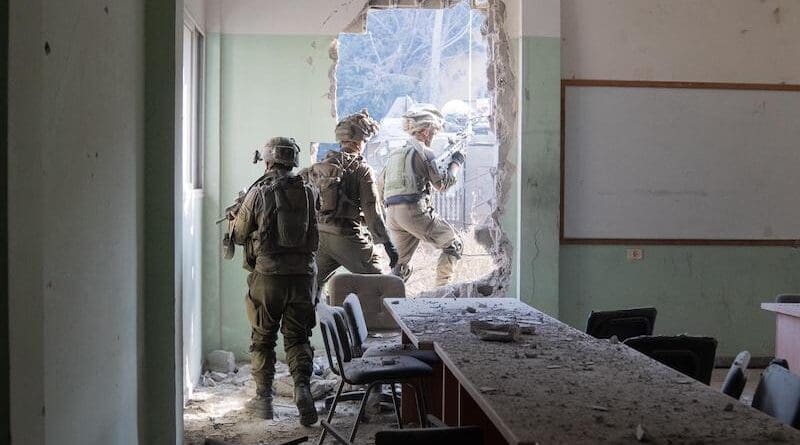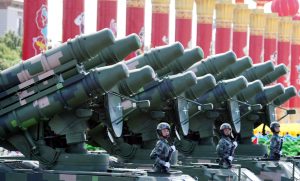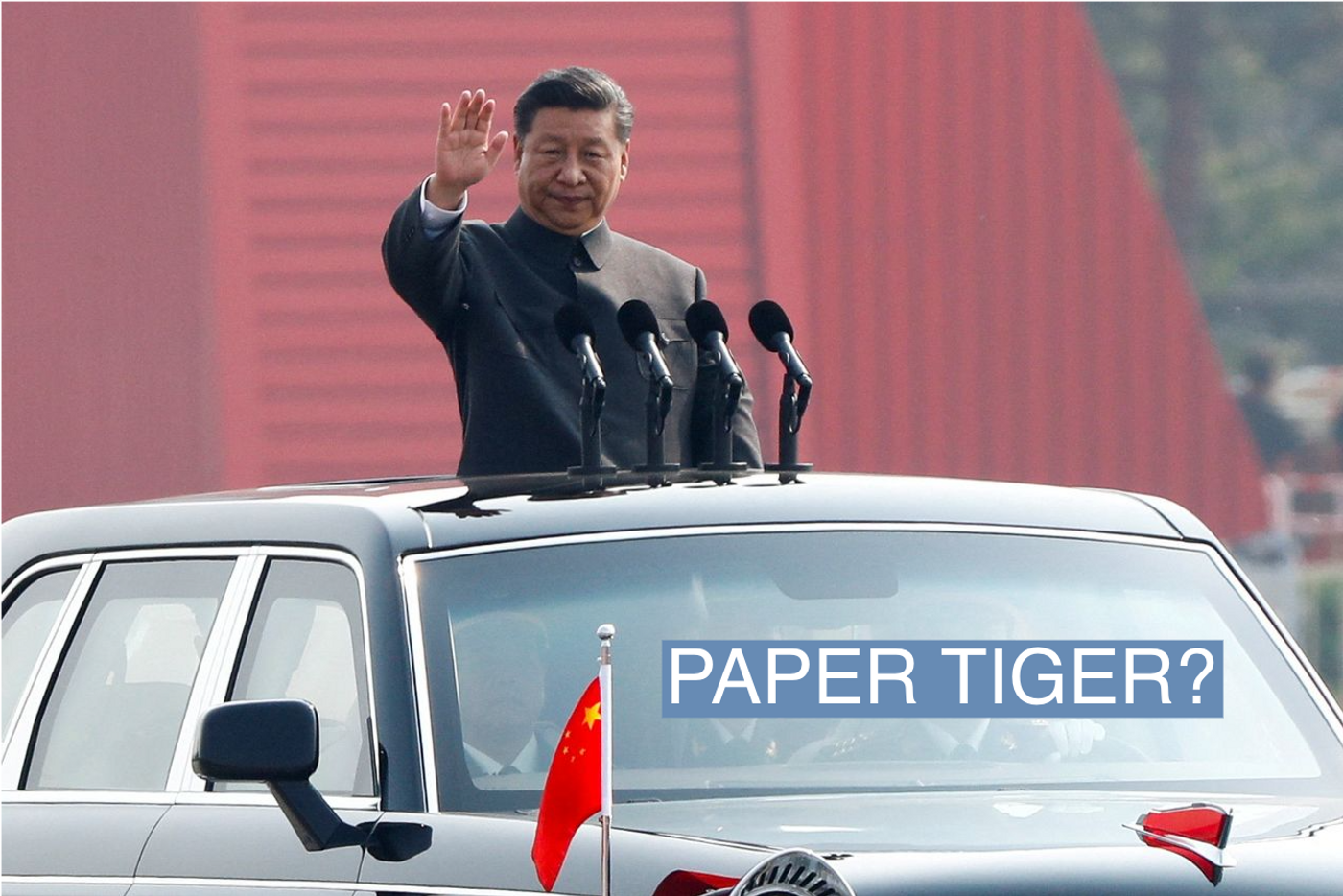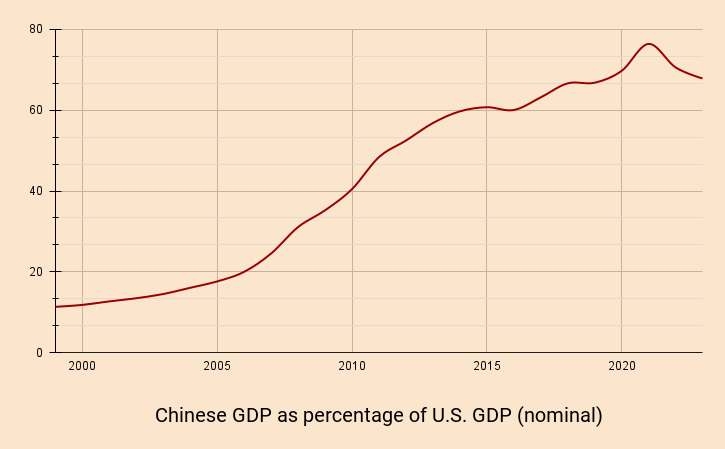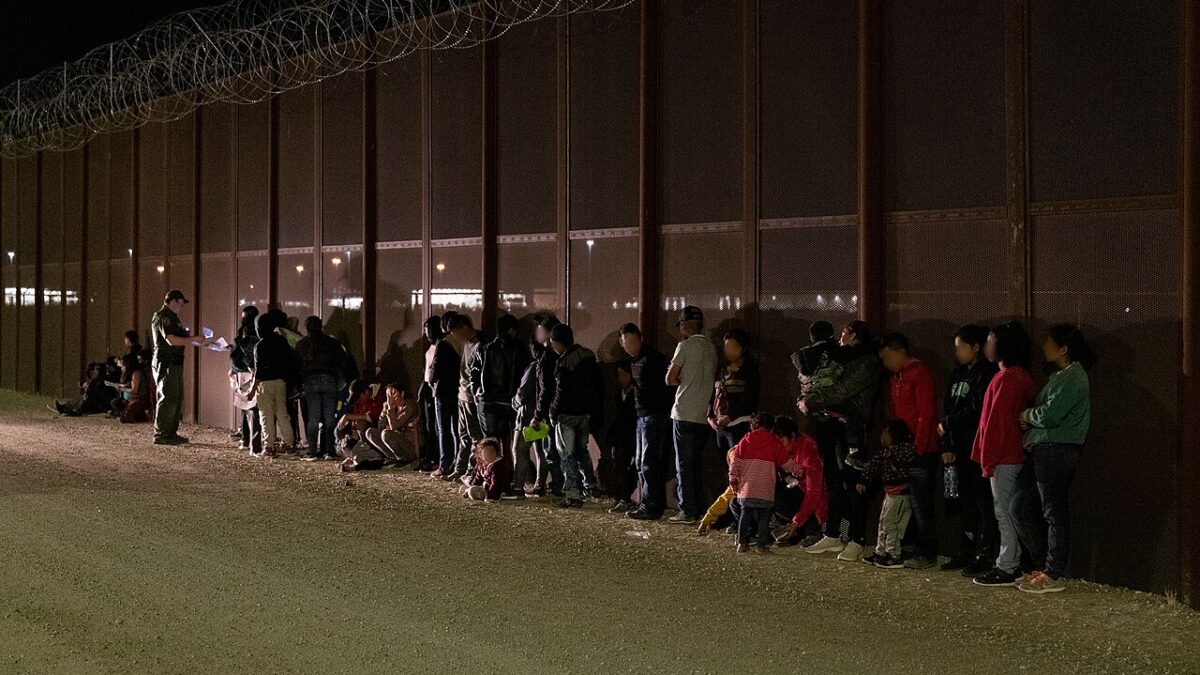Maj Gen P K Mallick, VSM (Retd)

The commodified versions of the technology are now being used to create new weapons systems that are highly effective and cheap, they have far-reaching consequences for today’s warfare.
Terrorists and Insurgents, Violent Non State Actors, smaller organisations and countries pick up these technologies very fast. Image: Reuters
The Character of warfare is changing. The rate of change has become very fast. The engines for this rapid change in emerging technologies like Artificial intelligence (AI), Unmanned Aerial Vehicles or Drones, Cyber, Internet of Things (IoT), Big Data, 5G technology, Quantum Computing, Synthetic Biology, 3D printing etc. The driver of these emerging technologies has been designed for consumer products. The commodified versions of the technology are now being used to create new weapons systems that are highly effective and cheap, they have far-reaching consequences for today’s warfare.
Innovations like ubiquitous sensing, meshing of civilian and military sensors, decentralized command and control, abundant use of drones of all sizes and types and for all domains, increased automation of intelligence, surveillance, and reconnaissance, and battlespace management and information operations and battles of narratives have emerged.
Technology is a great leveller. Terrorists and Insurgents, Violent Non State Actors, smaller organisations and countries pick up these technologies very fast. They are tech-savvy, networked organisations, nimble on their feet to take asymmetric advantages for their way of warfare.
Big powerful Armed Forces and hierarchical organisations with traditional thinking find it difficult to change quickly to cope with the latest threats emanating from these smaller organisations. Ultimately the bigger and stronger armed forces prevail because of their resources, and technological industrial base, but the advantage always lies with the people who use these technologies initially. The traditional armed forces get on the back foot in reaction mode.
Hamas has used targeted cyberattacks, and Israel has employed AI, in its air campaign in Gaza. The integration of advanced technologies into military strategies has revolutionized the way conflicts are waged, presenting both opportunities and risks on a global scale.
